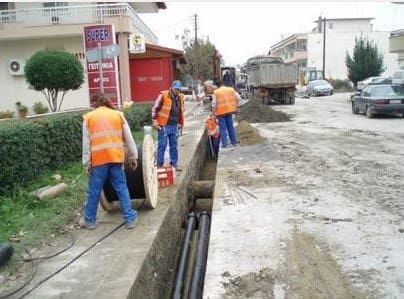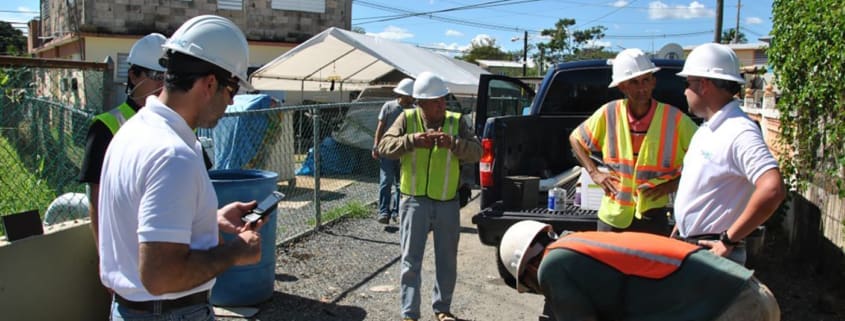Ingenio Puerto Rico
 A high percentage of vacuum sewer installations around the world are in towns or communities that are mandated to convert from a septic tank system (or cesspool) to a conventional sewer system. Environmental factors are the main reason, as septic tanks, fine for small remote locations, are not acceptable once the town grows and the space required for a drainage field no longer exists. Many vacuum systems are also installed in areas where gravity sewers have failed or combined sewer systems are being phased out.
A high percentage of vacuum sewer installations around the world are in towns or communities that are mandated to convert from a septic tank system (or cesspool) to a conventional sewer system. Environmental factors are the main reason, as septic tanks, fine for small remote locations, are not acceptable once the town grows and the space required for a drainage field no longer exists. Many vacuum systems are also installed in areas where gravity sewers have failed or combined sewer systems are being phased out.
The choice for most communities converting from septic tanks or cesspools is either a vacuum sewer, a grinder pump pressure sewer, a gravity sewer or a combination of all three. The geopgrahic area, water table, environmental considerations or power supply will usually dictate what system is installed. Grinder pumps are more able to handle large changes in elevation or very low density rural areas but become a much more expensive option when looking at clusters of more than 50-100 houses, or where power supply is unstable.
Vacuum sewer systems are nearly always found in flat areas where there is a high water table or very difficult ground conditions. The main reasons why vacuum sewer systems are increasingly the number one choice is Capital Cost, Impact on Residents, Energy Costs and Power Stability, Environmental and the Reduction of Infiltration into the system.Protection of a Polish region’s water source
Low Cost Solution
Vacuum sewers are lower cost than other other options for both capital costs and operational costs. Shallow trenching, fast installation, and broad coverage (up to 3,000 houses to a single pump station) reduce upfront costs while low energy costs and full system monitoring reduce operational costs.
Low Impact on Residents
During power outages and major storms the only place where power is required is at the Vacuum Pump Station, it is not required elsewhere within the network. No collection pits require electricity. Residents have no loss of service. Residents also have no valves or pumps on their property and operations staff will not need to enter their property.
Construction time is short and residents will still be able to enter their homes and local businesses during that period.
Reduction of Infiltration
Flows from either storm water or ground water (I&I) cannot get into a vacuum sewer system without detection. All vacuum mains remain pressure tight and monitoring can detect when homeowners have broken laterals or direct excess flows into the system. Manholes are not used so it is a no-leak system. This reduces the load on the treatment plant especially during storm events. Read about flood affected projects here
If you would like to find out how much it would cost to install a vacuum sewer system in your town contact your local Flovac office or email us to get a free budget concept and budget. The more information that you can give us, the more detailed the response. We will need the following information.
- Project Location
- Drawings including catchment area.
- Number of current houses, future houses, any commercial or industrial users to include.
- Location of discharge point or treatment plant
- Flow rates to be used. Average flow per person, peak flow
- Any other informationthat you think would be useful
We work with local engineering firms and can provide training and support.
Contact Us here and we will direct your enquiry to the Flovac Engineering Group who will contact you for project details.





Leave a Reply
Want to join the discussion?Feel free to contribute!